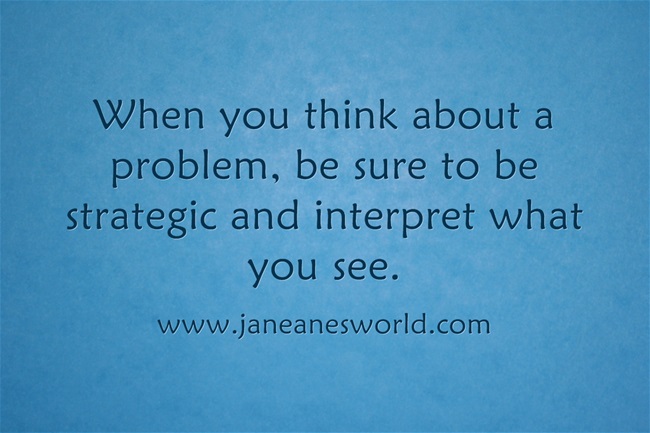
It is fantastic to run a business where the employees have learned to properly balance work and home. At least once per year this is a big uproar when one “expert” or another writes a big article on how modern women are struggling to “have it all.” Typically the articles have a lot of moaning and complaining about the need for balance and how impossible it is to balance one’s work life and home life, how impossible it is to have it all. Smart entrepreneurs and supervisors know that employees are better workers when they are not overwhelmed by their responsibilities at work and at home.
Smart entrepreneurs and supervisors understand that when employees do not have a healthy understanding of how to balance their work and home responsibilities, they are less productive at work and more resentful at home. When employees are more resentful at home they become disillusioned and more troublesome at work. For these reasons, it is in an entrepreneur’s or supervisor’s best interest to encourage employees to balance effectively.

